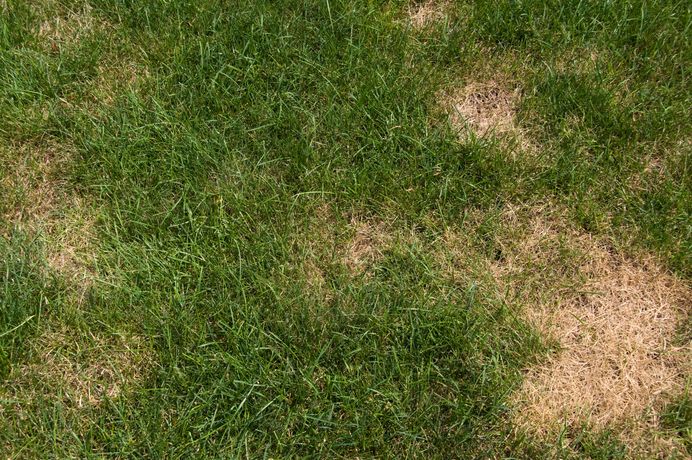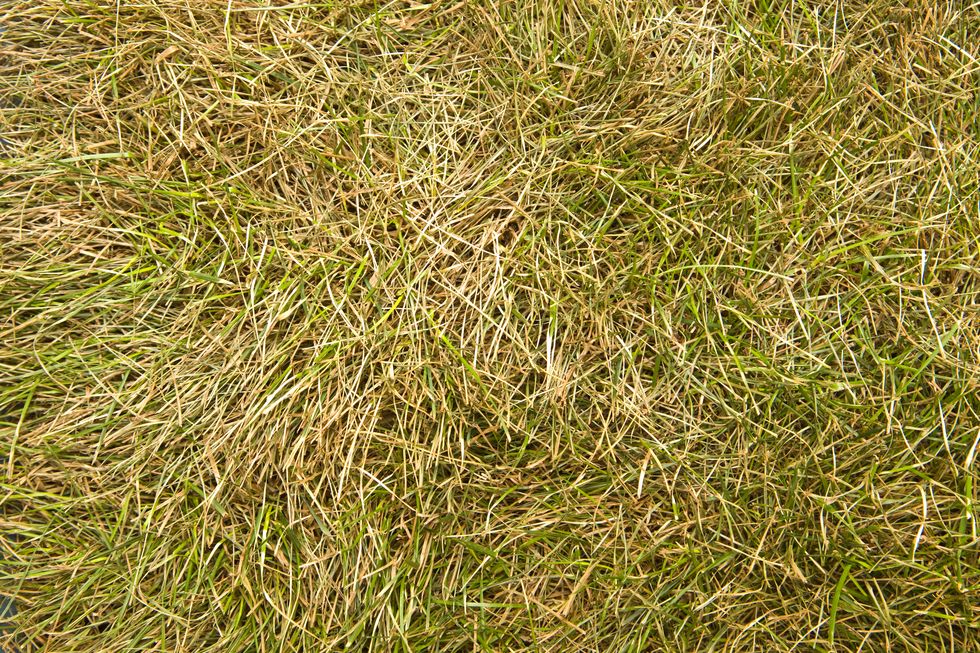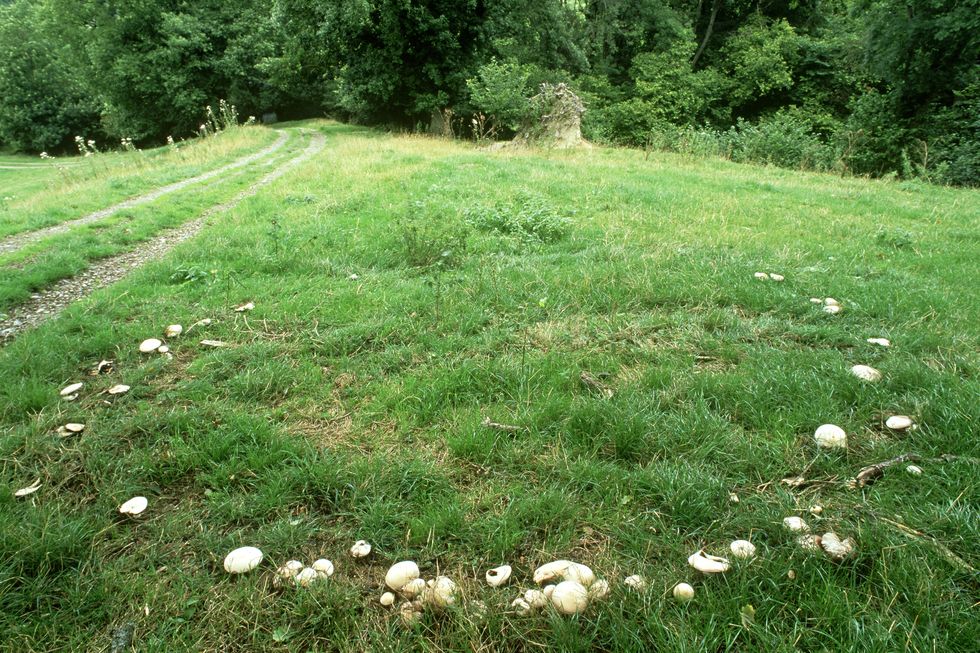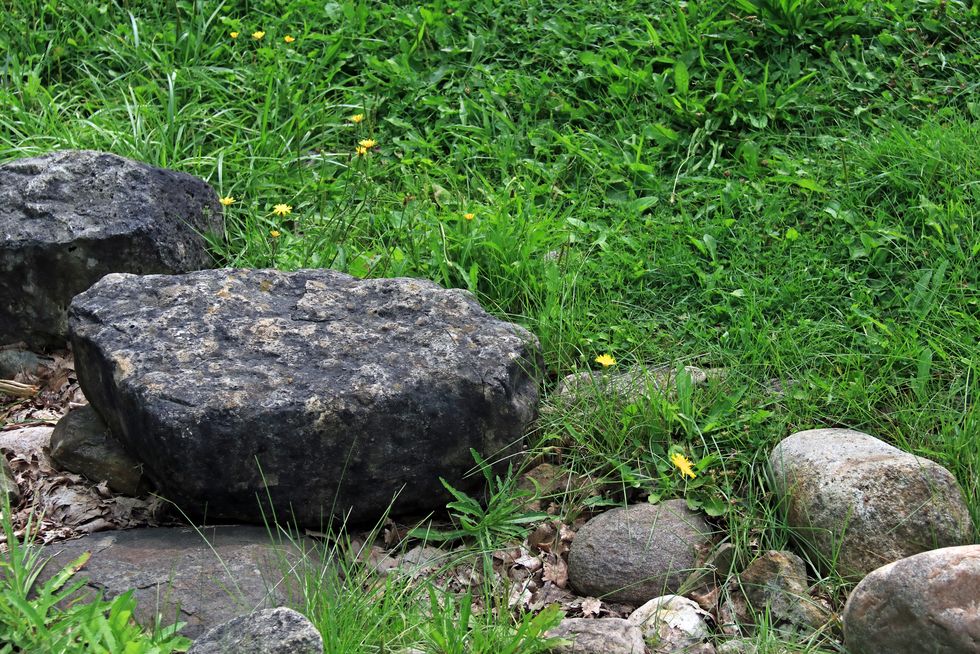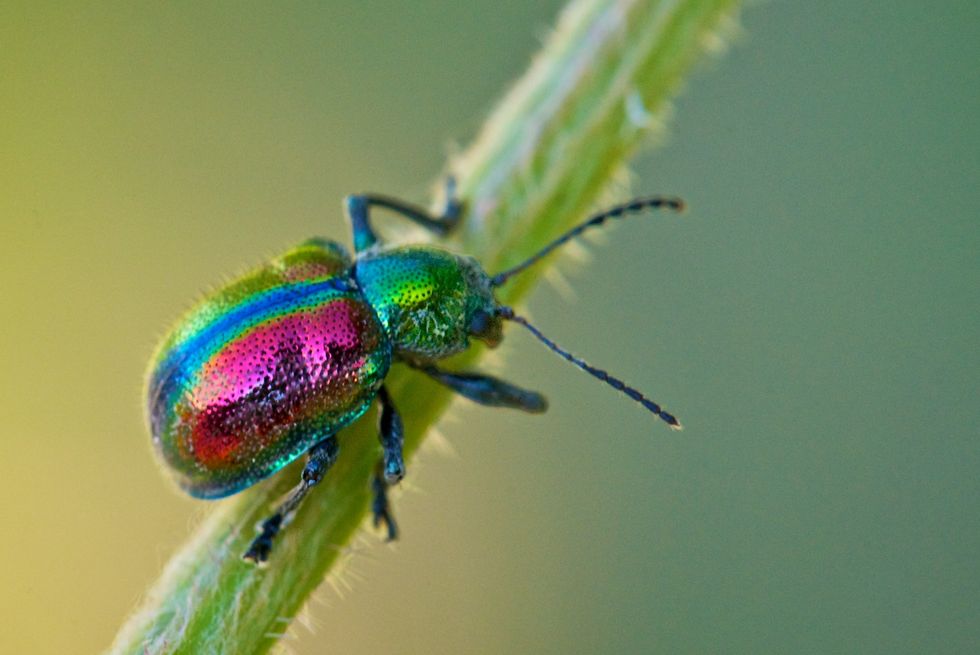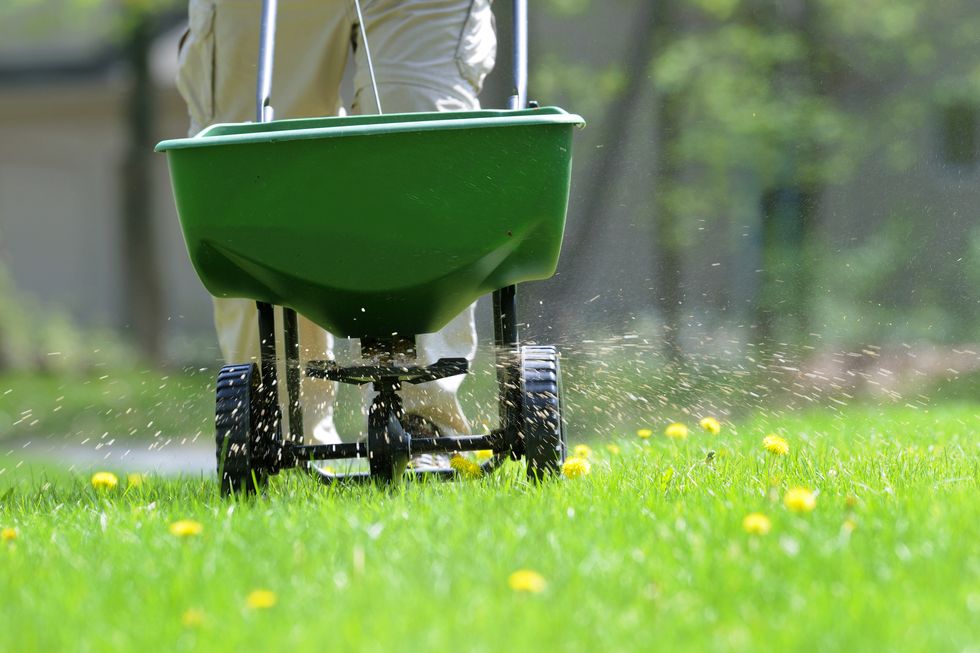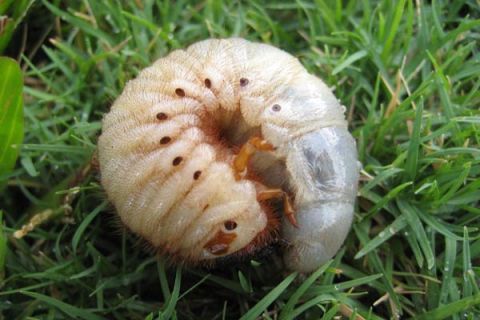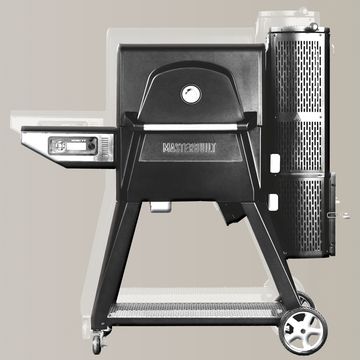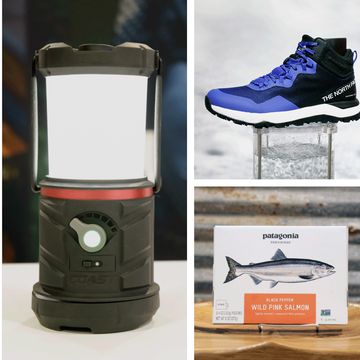How to Fix an Ugly Lawn
It's pretty easy to solve common grass problems
A healthy lawn that's thick and green is a pleasure to look at, contributes to your home's value, and forms a valuable green buffer to capture runoff rain water. One that's unhealthy is just the opposite. Even worse, you may spend money and time trying to fix it and find that both are wasted.
In investigating eight common lawn problems and how to solve them, the landscape professionals we spoke with emphasized that the first step is to specifically identify the problem and develop a treatment directed at the problem. For example, don't assume that the problem may be that the lawn needs more water or more fertilizer. It may not need either,
🏡 For the best DIY home and garden tips, join Pop Mech Pro.
Here are eight common lawn problems and the simple steps you need to fix them.
More Lawn-Care Tips From Popular Mechanics:
Joe is a former carpenter and cabinetmaker who writes extensively about remodeling, woodworking, and tool techniques. He has written eight books and is a contributing editor to Popular Mechanics. He also appears on the Today’s Homeowner TV show, and co-hosts the weekly Today’s Homeowner Radio Show. Joe writes from his home in Roxbury, Connecticut.
Watch Next


6 Steps To Prep Your Lawn for Spring

The Best Coasters and Thrill Rides in Every State
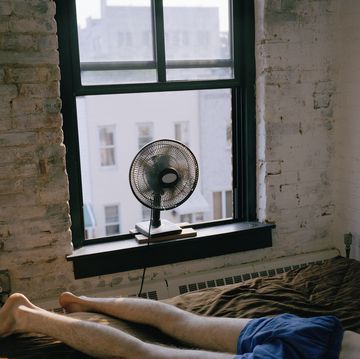
5 Ways to Cool Down a Room (Without Blasting AC)

How to Live Off the Grid

What to Know About Hiking the Appalachian Trail
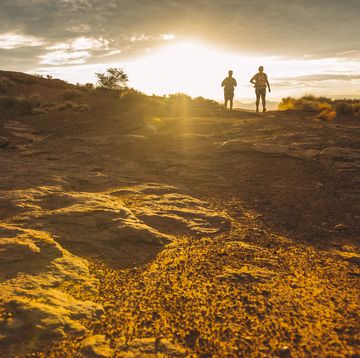
What It’s Like to Be in 105-degree Heat for 5 Days

7 Outdoor Essentials You Need This Summer
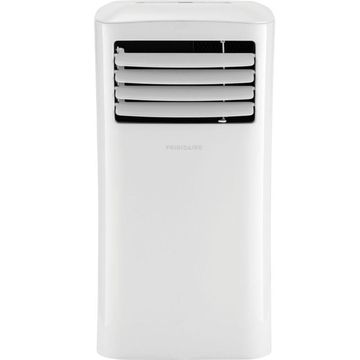
I Bought a Portable Air Conditioner. Should You?

